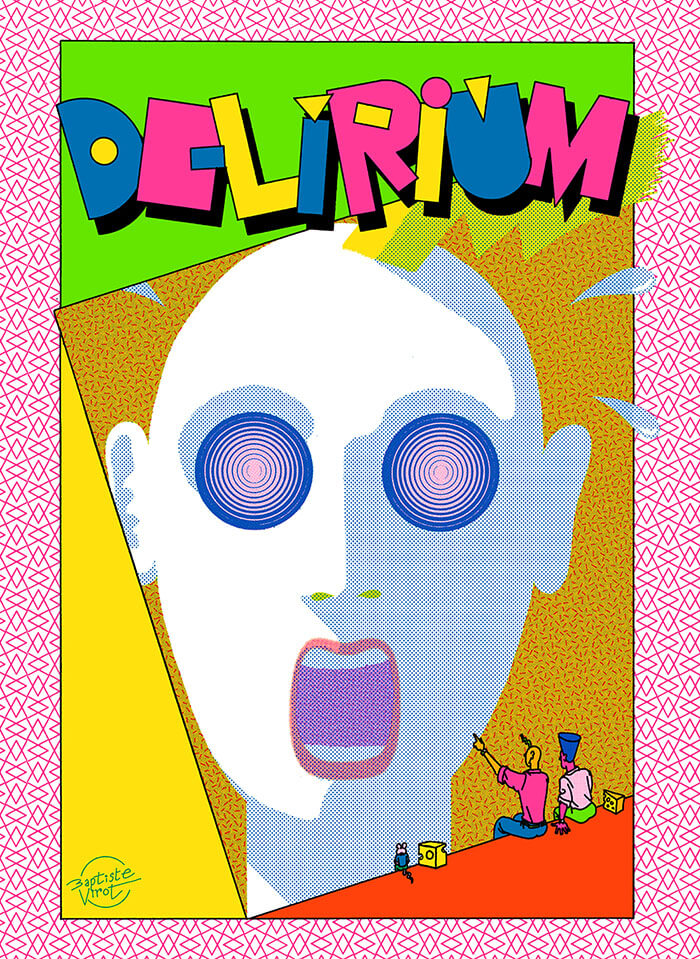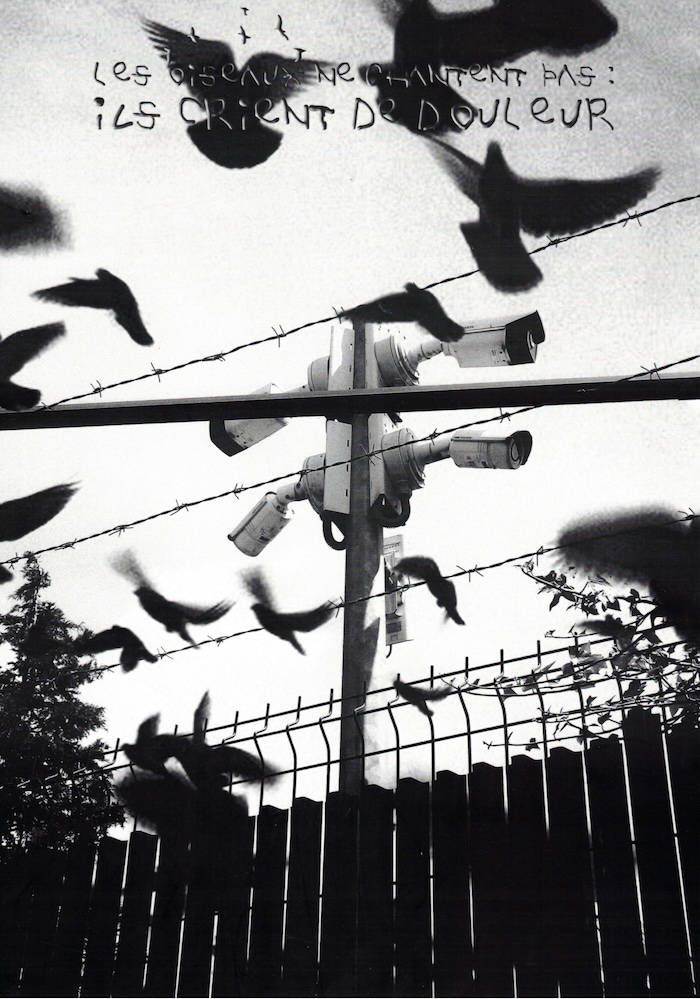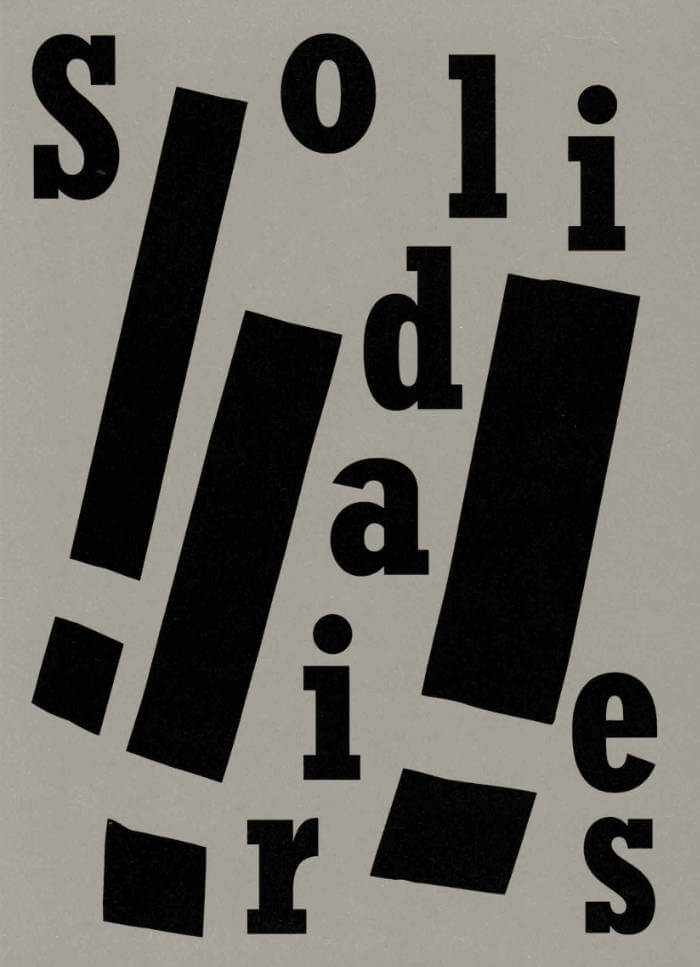
Delirium
The humor in Delirium seems a cross between the classic comic strip gags of Ernie Bushmiller and the theatrical absurdity of Monty Python, with a dose of Jim Woodring’s colorful, acid-trip antics thrown in as well.
What makes these strips special is that they achieve things that can only be done in comics; Virot’s mastery of the medium’s fundamental mechanics (timing, composition, closure) is matched only by his unbounded imagination. But for all of its absurdity, Virot captures simple moments of undeniable humor and pure joy with simple punchlines and and unexpected twists.
This makes Delirium a unique and special work that excels on two levels: a formal experiment that pushes the visual language of comics to dazzling and frantic limits, as well as a deeply satisfying and laugh-out-loud compendium of surrealist set-ups and visual one-liners.
Language: English




